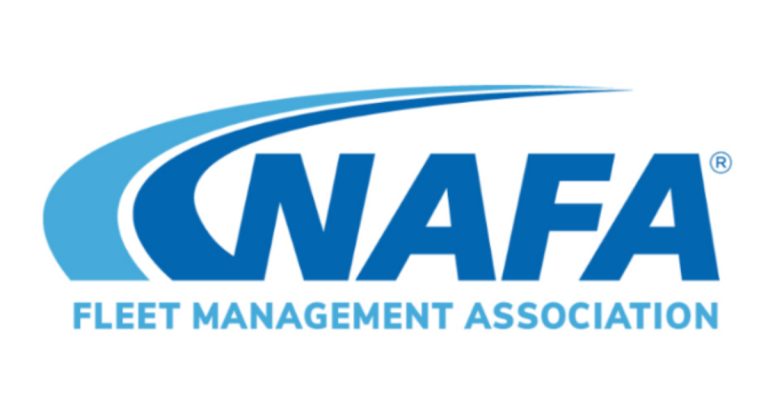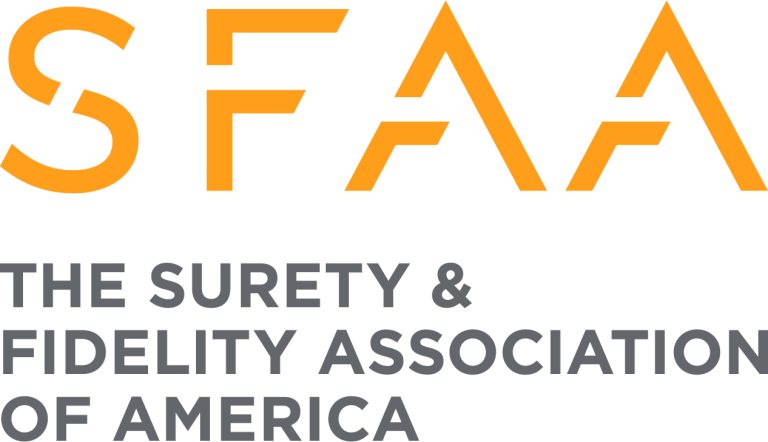
Many kids struggle to get started financially when they become legal adults, so if you’re a parent putting away money to give to your child when they turn 18, you’re already setting them up for success. However, it’s also smart to look into ways to grow this money so you can give your kids the best possible financial head-start.
Don’t miss
- I’m 49 years old and have nothing saved for retirement — what should I do? Don’t panic. Here are 5 of the easiest ways you can catch up (and fast)
- Gain potential quarterly income through this $1B private real estate fund — even if you’re not a millionaire. Here’s how to get started with as little as $10
- You’re probably already overpaying for this 1 ‘must-have’ expense — and thanks to Trump’s tariffs, your monthly bill could soar even higher. Here’s how 2 minutes can protect your wallet right now
If you’ve invested in certificates of deposit (CDs), you’ve already taken a smart step by looking beyond just a savings account.
CDs typically, although not always, provide higher yields than even high-yield savings accounts. While the interest rate is locked in for the duration of the CD term, and you can’t withdraw the funds during the term without a penalty, you have several years before you need to give the money to your son.
However, while CDs are a solid choice in the right circumstances, other investments offer more growth potential if you have a long time horizon. Here are a few things to consider to maximize the funds you can give your child once they reach adulthood.
Options for investing
If you are saving for college for your child, the best place for the money would likely be a 529 plan, as these tax-advantaged accounts are earmarked for education.
Your funds grow tax-free, you don’t have to pay taxes on withdrawals as long as they’re for qualifying expenses and the majority of states offer tax deductions or tax credits for contributions.
However, if you already have a 529 and this is money meant for other things, then a brokerage account could be a good place for it.
One option is to open a custodial brokerage account, which has no income or contribution limits and withdrawals can be made at any time without penalties as long as the money is used for the benefit of the child.
You’ll be in control of the investments now, and, depending on your state, the funds can be transferred to your child between the ages of 18 and 25. Friends and family can also contribute, and a portion of the earnings may be exempt from federal tax.
Once you’ve opened the custodial account, you’ll have access to a wide range of investment options, such as individual stocks, exchange-traded funds (ETFs), mutual funds and bonds.
For many investors, a broad market index fund will be the best option, as it offers low fees and instant diversification. For example, an S&P 500 ETF tracks the performance of the 500 largest U.S. companies and is widely considered to reflect the performance of the market as a whole.
You can set up automatic investments into the fund each month as you contribute, and the growth will be effortless.
Read more: Want an extra $1,300,000 when you retire? Dave Ramsey says this 7-step plan ‘works every single time’ to kill debt, get rich in America — and that ‘anyone’ can do it
Of course, there is some risk when investing, and over time, your investment will rise and fall. However, because you won’t need this money for several years, you have the time to ride out fluctuations in the market and historically the market has always recovered and reached new heights.
The S&P has produced an average annual return of around 10% since its inception in 1957, so you should earn more than you would in a CD, and much more than you’d earn if you just kept the money in a regular savings account.
Of course, it’s critical that you review your investment objectives at least annually and rebalance your portfolio if your risk tolerance changes. And you might not want to invest the entire portfolio in equities.
You could also choose a target-date fund, with the year your child turns 18 set as the target date. Target-date funds are usually used for retirement investing, as they automatically rebalance your investments based on the timeline when you’ll need the money. Unfortunately, you’d likely pay higher fees with this approach.
Contribute toward their retirement
You also have another option if you’re willing to think outside the box.
If your child starts earning as a teenager, you could contribute to a custodial Roth IRA for Kids for them up to the amount they earn or the annual limit ($7,000 for those under 50), whichever is lower.
You’re only allowed to contribute earned income to a Roth IRA. Still, Roth IRAs allow the money to grow tax-free. Contributions (not earnings) can be withdrawn at any time tax-free and penalty-free as long they benefit the child.
If you manage to grow the account to $10,000 by your child’s 18th birthday, that would turn into over $1 million by their retirement age of 67 at a 10% average annual ROI — even if they never contributed another dime.
Setting your child up for a future as a multi-millionaire may be an even more valuable gift than just putting aside a little bit each month and handing them a lump sum at 18.
Of course, if you have enough money, you could do both, putting money into both a brokerage account and a Roth IRA so you can help them both start his life and enter their later years in a great financial position.
What to read next
- Millions of Americans now sit on a stunning $35 trillion in home equity — here’s 1 new way to invest in responsible US homeowners while targeting a 14%-17% IRR
- Robert Kiyosaki warns of a ‘Greater Depression’ coming to the US — with millions of Americans going poor. But he says these 2 ‘easy-money’ assets will bring in ‘great wealth’. How to get in now
- Here are 5 ‘must have’ items that Americans (almost) always overpay for — and very quickly regret. How many are hurting you?
This article provides information only and should not be construed as advice. It is provided without warranty of any kind.


